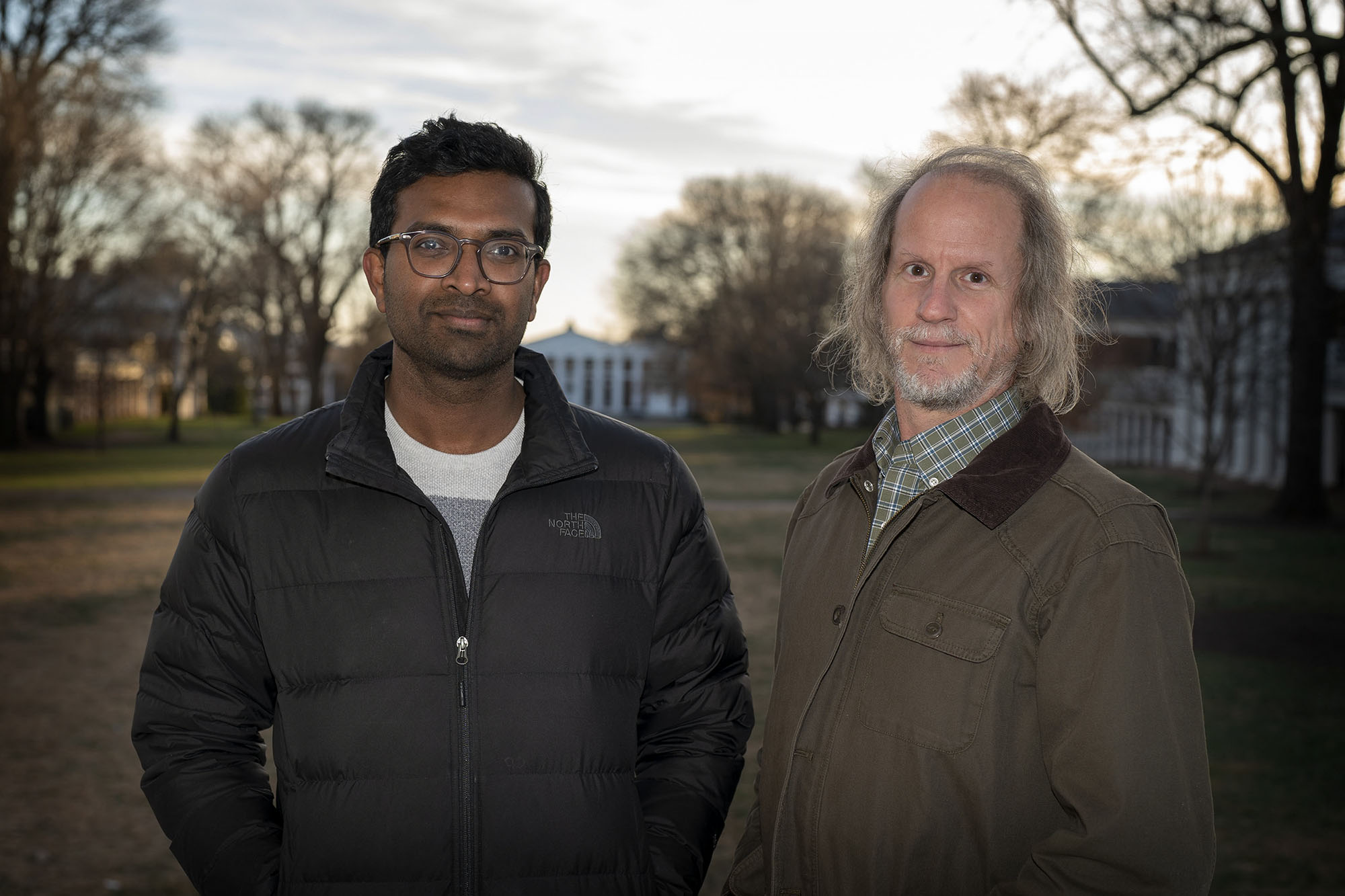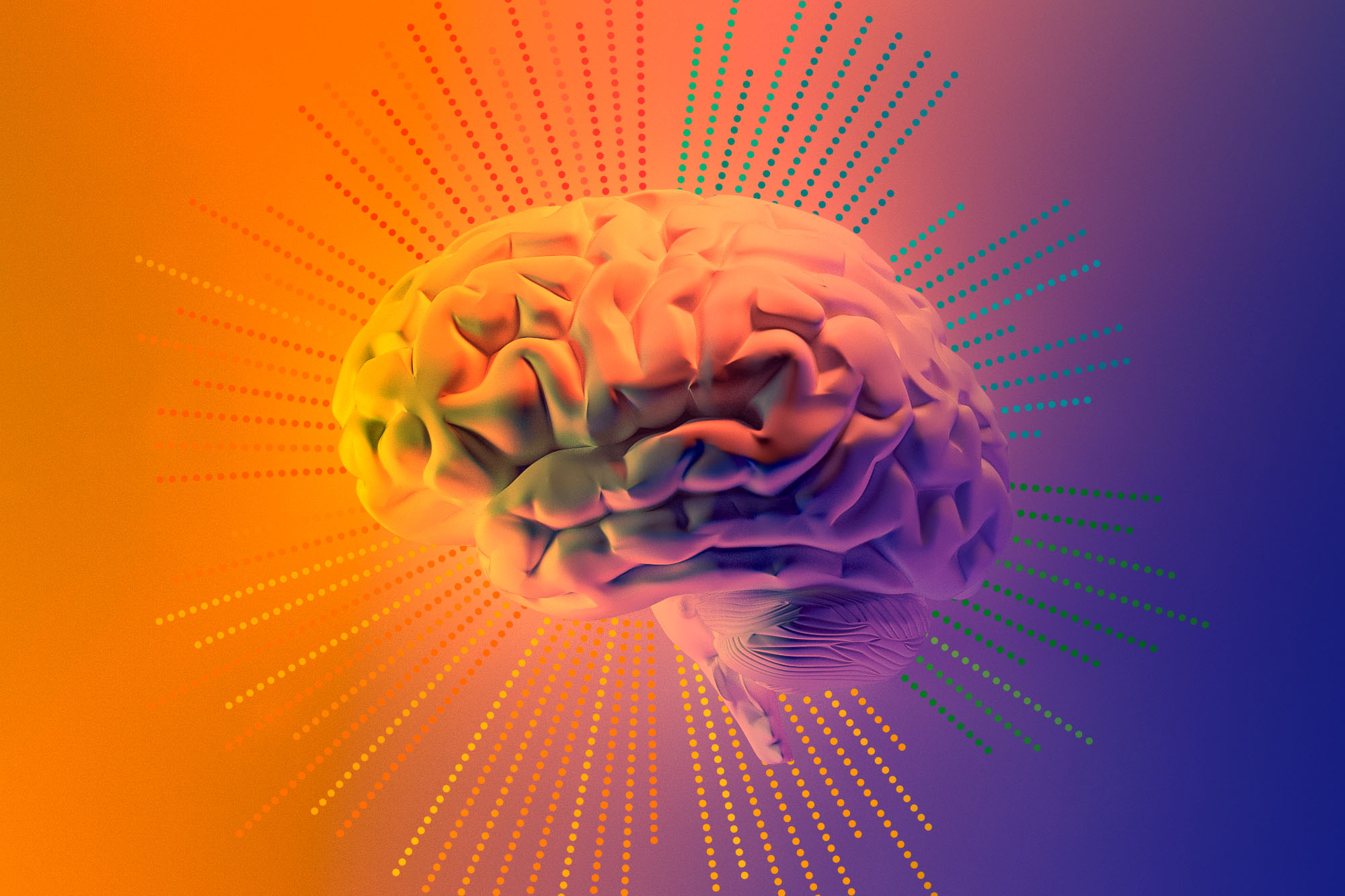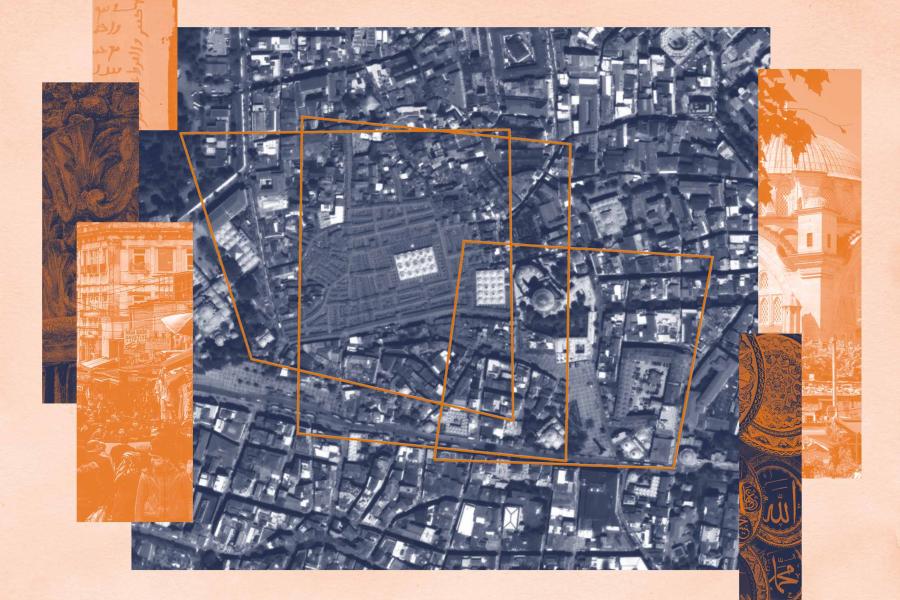Twice a month, Siva Venkadesh calls his father, who has Parkinson’s disease, on the phone.
His father is often incoherent in those conversations. But sometimes, “If he goes out for a walk and then talks to me right after, I can understand him very clearly,” said Venkadesh, a postdoctoral neuroscience researcher at the University of Virginia. “It’s like the dad that I knew from five or six years ago.”
Venkadesh isn’t sure if the walks are causing his father’s moments of lucidity. But a growing body of research is establishing a correlation between increased exercise and improved cognition in Parkinson’s patients.
Together, Venkadesh and School of Data Science professor John Darrell Van Horn are investigating what’s behind that correlation as part of a larger effort to better understand what’s happening inside the brains of people with neurological disorders.
Scientists studying the brain tend to analyze form and function separately, examining the brain’s physical structure and then independently measuring its activity. But the research that Venkadesh and Van Horn conduct – including a literature review published in late October – looks at the two together.
To explain the importance of this approach, Van Horn, who is also a professor in the Department of Psychology, likes to use a traffic analogy. “You can look at the rate of traffic flow, but if you don’t know whether it’s a two-lane highway or a six-lane highway, that doesn’t tell you much,” he said. “You need to look at the two types of information at the same time.”
In other words, traffic flow and road type – or brain function and structure – are inextricably linked, and we need to treat them that way. “When we bring those two together, we can see that form begets function and function begets form,” he added.
What does all this have to do with Parkinson’s? Studying how the brain’s structure influences its function, and vice versa, is a key step in building more comprehensive models that will help scientists better understand the disease.
“We’re moving toward modeling individual neurons and their behaviors using a supercomputer,” Van Horn said. “Basically, we create thousands of neurons and we connect them to one another, and then we hit ‘go’ and watch what happens.”
Van Horn and Venkadesh will tune these model neural networks “with the idea that eventually we’ll be able to throw a wrench in them and see how they break,” Van Horn explained. “And then we can ask, ‘Do they break in the way that one might expect in a condition like Parkinson’s disease?’”
To make these simulations work, the researchers need to think holistically. “The question is: How do we understand the brain as an overall system?” Venkadesh posed.

UVA researchers Siva Venkadesh, left, and Jack Van Horn are investigating why exercise seems to improve symptoms of Parkinson’s disease. (Photo by Dan Addison, University Communications)
Our brains are what neuroscientists often call plastic: capable of continually adapting to new circumstances. That flexibility helps explain the interconnectedness of their structure and function.










